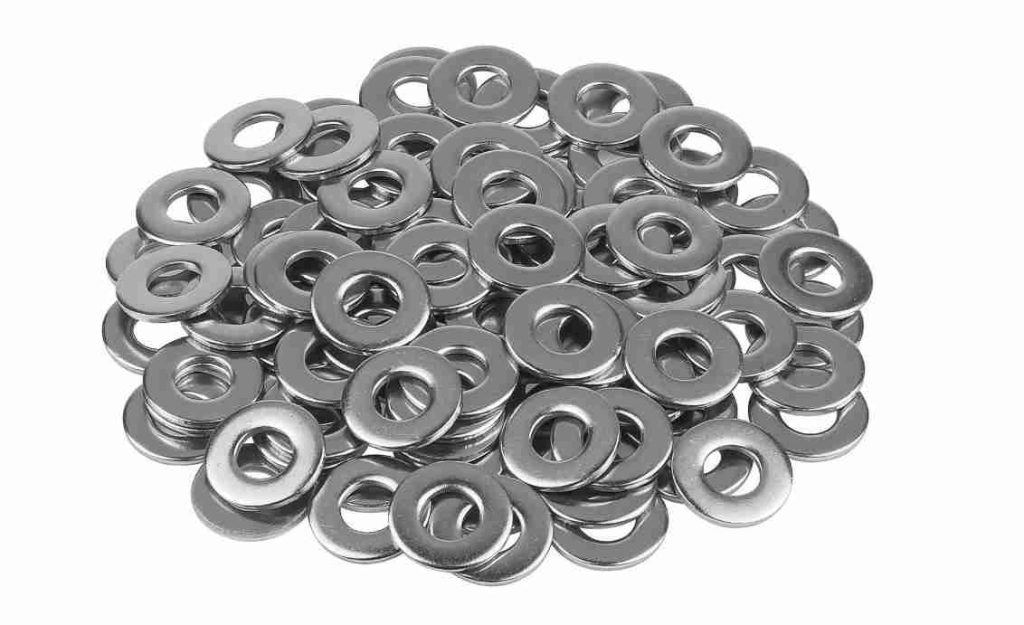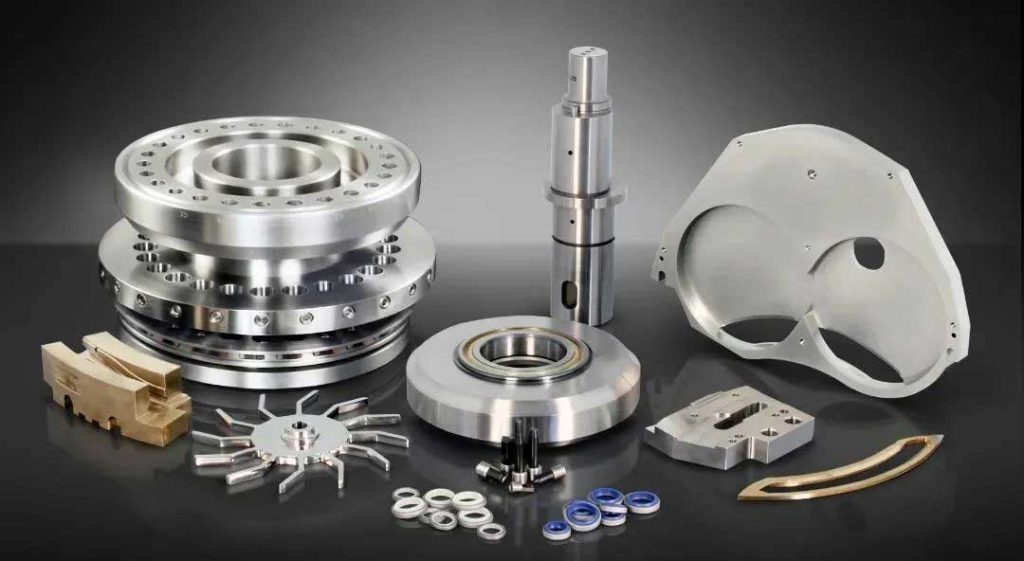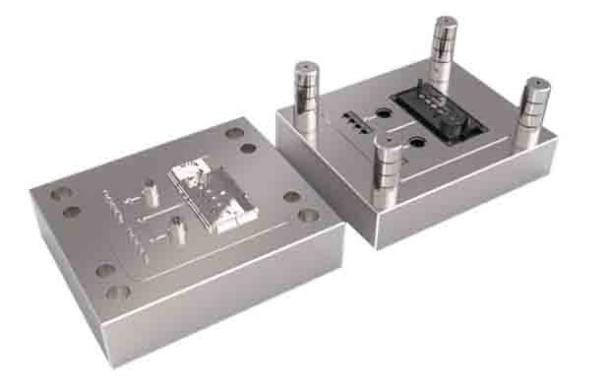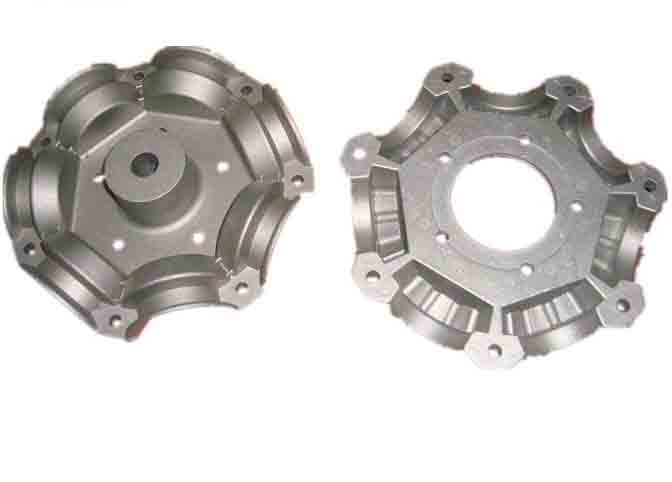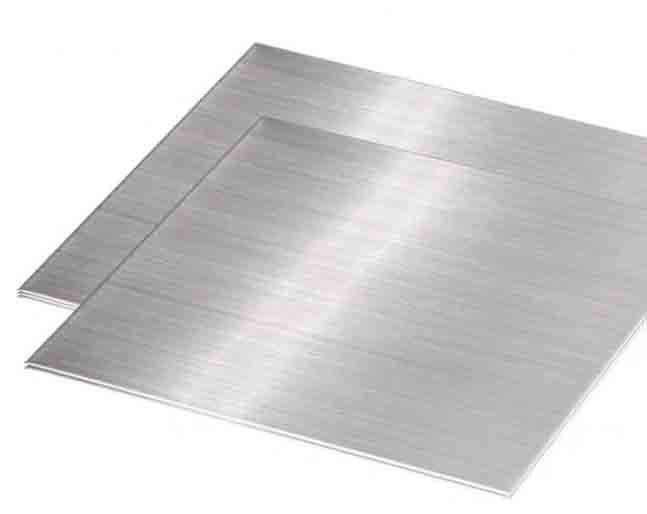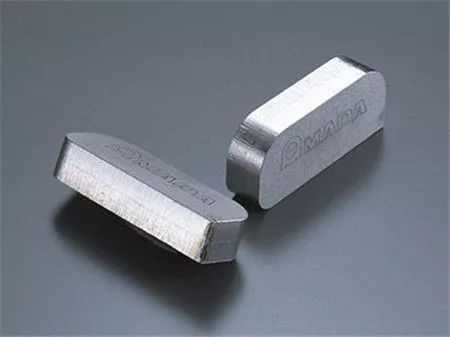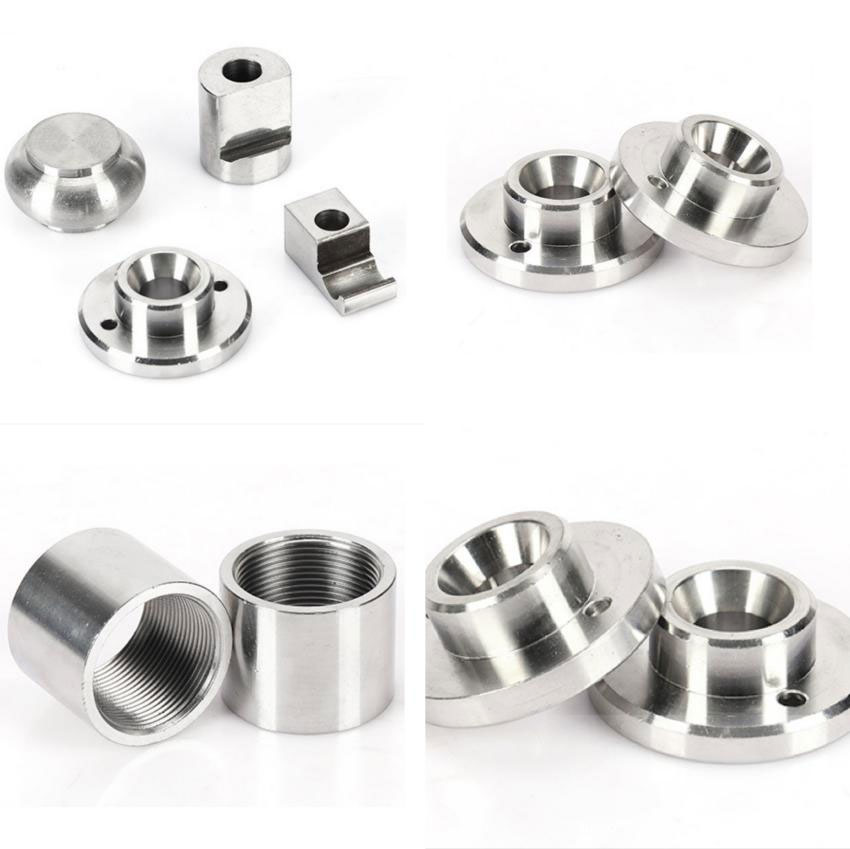Surface finishing plays a crucial role in various industries, providing protection, aesthetics, and improved functionality to a wide range of products. Two popular methods of surface finishing are chrome plating and nickel plating. These processes enhance the appearance, durability, and performance of materials, but they have distinct characteristics and applications. This article aims to explore the differences between chrome plating and nickel plating, their unique properties, and considerations for selecting the appropriate method.

Definition and Characteristics in Chrome vs. Nickel Plating
Chrome plating, also known as chromium plating, is a process that involves electroplating a thin layer of chromium onto a metal object’s surface. Chromium, a hard and lustrous metal, provides exceptional corrosion resistance and enhances the material’s hardness. Chrome plating is particularly well-known for its attractive, shiny appearance, making it a preferred choice for decorative applications.
The process of chrome plating starts with the cleaning and preparation of the metal substrate. The object is then immersed in a bath containing chromium ions, and an electric current is applied to facilitate the deposition of chromium onto the surface. The result is a smooth, reflective finish that not only looks aesthetically pleasing but also offers superior resistance to wear and corrosion.
Nickel plating, also called nickel electroplating, is a process in which a layer of nickel is deposited onto a metal substrate. Nickel is a versatile metal with excellent corrosion resistance and wear properties. Nickel plating is valued for its ability to provide a bright, silver-like appearance, similar to stainless steel, making it a popular choice for both decorative and functional applications.
The nickel plating process involves immersing the object in a bath containing nickel salts, and an electric current is applied to facilitate the deposition of nickel ions onto the surface. The resulting layer of nickel offers outstanding protection against corrosion and wear, making it suitable for various industries.
Applications of Chrome vs. Nickel Plating
Chrome plating finds extensive use in various industries due to its unique properties. Some common applications include:
- Automotive Industry: Chrome-plated parts, such as bumpers and grilles, provide a luxurious and stylish appearance to vehicles while protecting them from environmental elements.
- Household Items: Chrome plating is utilized for faucets, handles, and kitchenware, adding a touch of elegance to everyday objects.
- Industrial Equipment: Certain machinery components are chrome-plated to enhance their durability and reduce friction.
- Aerospace: Chrome plating is used on aircraft components to improve their resistance to harsh conditions.
Nickel plating finds application in numerous industries and products, including:
- Electronics: Electrical connectors, switches, and other electronic components are often nickel-plated to improve conductivity and protect against corrosion.
- Automotive Industry: Nickel plating is used for various automotive parts, such as pistons and cylinders, due to its wear resistance.
- Household Goods: Nickel-plated items, such as faucets and doorknobs, combine aesthetics with durability.
- Aerospace: Nickel plating is utilized on aircraft components for its corrosion resistance and protection against high temperatures.
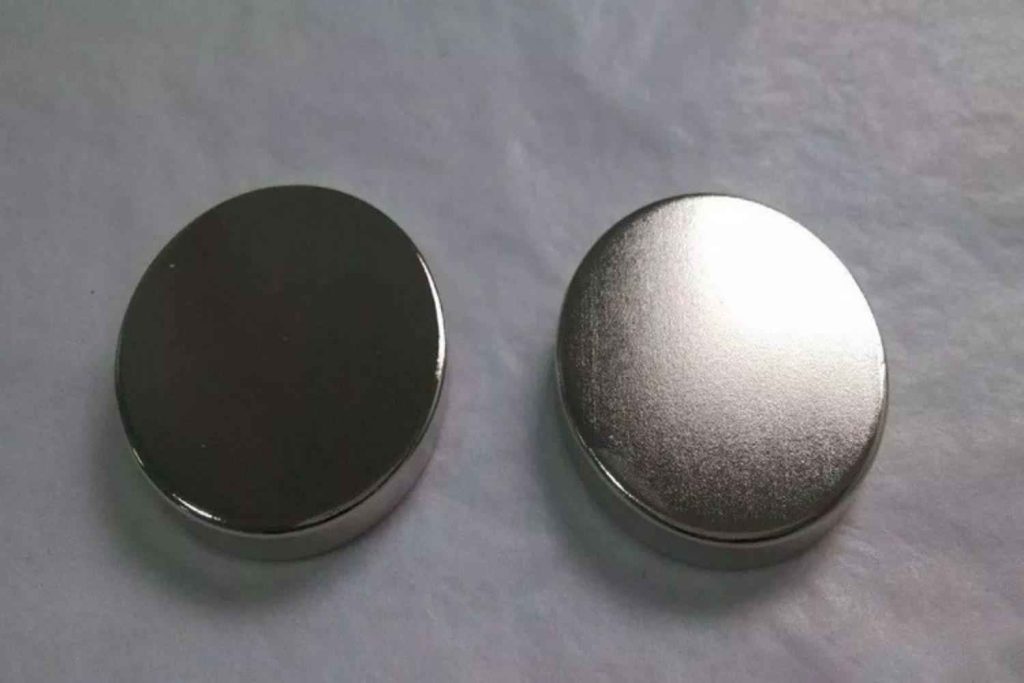
Advantages of Chrome vs. Nickel Plating
Advantages of Chrome Plating:
- Excellent corrosion resistance: Chrome plating protects metals from oxidation and environmental exposure, prolonging the lifespan of the coated objects.
- Hardness and wear resistance: Chrome-plated surfaces exhibit enhanced hardness, making them less prone to scratching and wear.
- Aesthetic appeal: Chrome plating imparts a mirror-like finish, making it highly sought-after for decorative purposes.
- Easy to clean and maintain: The smooth surface of chrome plating simplifies cleaning and maintenance, keeping the objects looking pristine.
Advantages of Nickel Plating:
- Corrosion resistance: Nickel plating provides effective protection against corrosion, ensuring the longevity of the coated objects.
- Wear resistance: Nickel-plated surfaces offer good resistance to wear and abrasion, making them suitable for heavy-duty applications.
- Decorative appeal: The silver-like appearance of nickel plating adds a touch of elegance to various products.
- Electrical conductivity: Nickel is an excellent conductor of electricity, making it ideal for electronic components.
- Ductility: Nickel plating maintains its integrity even when bent or subjected to stress, making it suitable for certain engineering applications.
Challenges and Environmental Considerations of Chrome vs. Nickel Plating
While chrome plating offers numerous advantages, it is not without challenges:
- Hexavalent Chromium: Traditional chrome plating processes involve the use of hexavalent chromium, which poses health and environmental risks. It is toxic and requires careful handling and disposal to prevent contamination.
- Thickness limitations: Achieving a thick chrome plating layer can be challenging, limiting its application in heavy wear environments.
- Cost: Chrome plating can be relatively expensive, especially for large-scale applications.
In recent years, there has been a growing emphasis on using alternative, more environmentally friendly methods of chrome plating or opting for alternative surface finishing techniques.
While nickel plating offers several advantages, there are also some challenges and environmental considerations:
- Allergic reactions: Some individuals may be sensitive to nickel and experience allergic reactions when in contact with nickel-plated objects.
- Environmental impact: Nickel plating processes can produce waste and effluents that require proper treatment to avoid environmental pollution.
- Satin and bright finishes: Achieving consistent, uniform finishes with nickel plating can be more challenging compared to chrome plating.
Choosing Between Chrome Plating and Nickel Plating
The decision between chrome plating and nickel plating depends on various factors, including:
- Purpose and Function: Consider the intended purpose of the object. For decorative applications, chrome plating may be preferred due to its mirror-like finish. However, for functional components that require corrosion and wear resistance, nickel plating might be more suitable.
- Aesthetics: Determine the desired appearance of the finished product. Chrome plating offers a bright, reflective finish, while nickel plating provides a more subdued, silver-like appearance.
- Environmental Impact: Take into account the environmental impact of the plating process. Look for alternative plating methods or suppliers that utilize environmentally friendly processes.
- Budget and Cost: Evaluate the project budget and the cost associated with each plating method. Chrome plating is generally more expensive than nickel plating.
- Regulatory Compliance: Ensure that the chosen plating method meets relevant industry regulations and standards.

Conclusion
In summary, both chrome plating and nickel plating are valuable surface finishing techniques that provide distinct advantages for various applications. Chrome plating offers exceptional corrosion resistance and a dazzling appearance, making it ideal for decorative purposes. On the other hand, nickel plating provides excellent corrosion and wear resistance, making it suitable for functional components and items requiring a silver-like finish.
When choosing between these two plating methods, carefully consider the specific requirements of your project, environmental concerns, budget limitations, and desired aesthetics. By understanding the differences and unique properties of chrome plating and nickel plating, you can make an informed decision that best suits your application and meets your objectives. Additionally, exploring alternative, eco-friendly surface finishing options may pave the way for more sustainable practices in the future.


